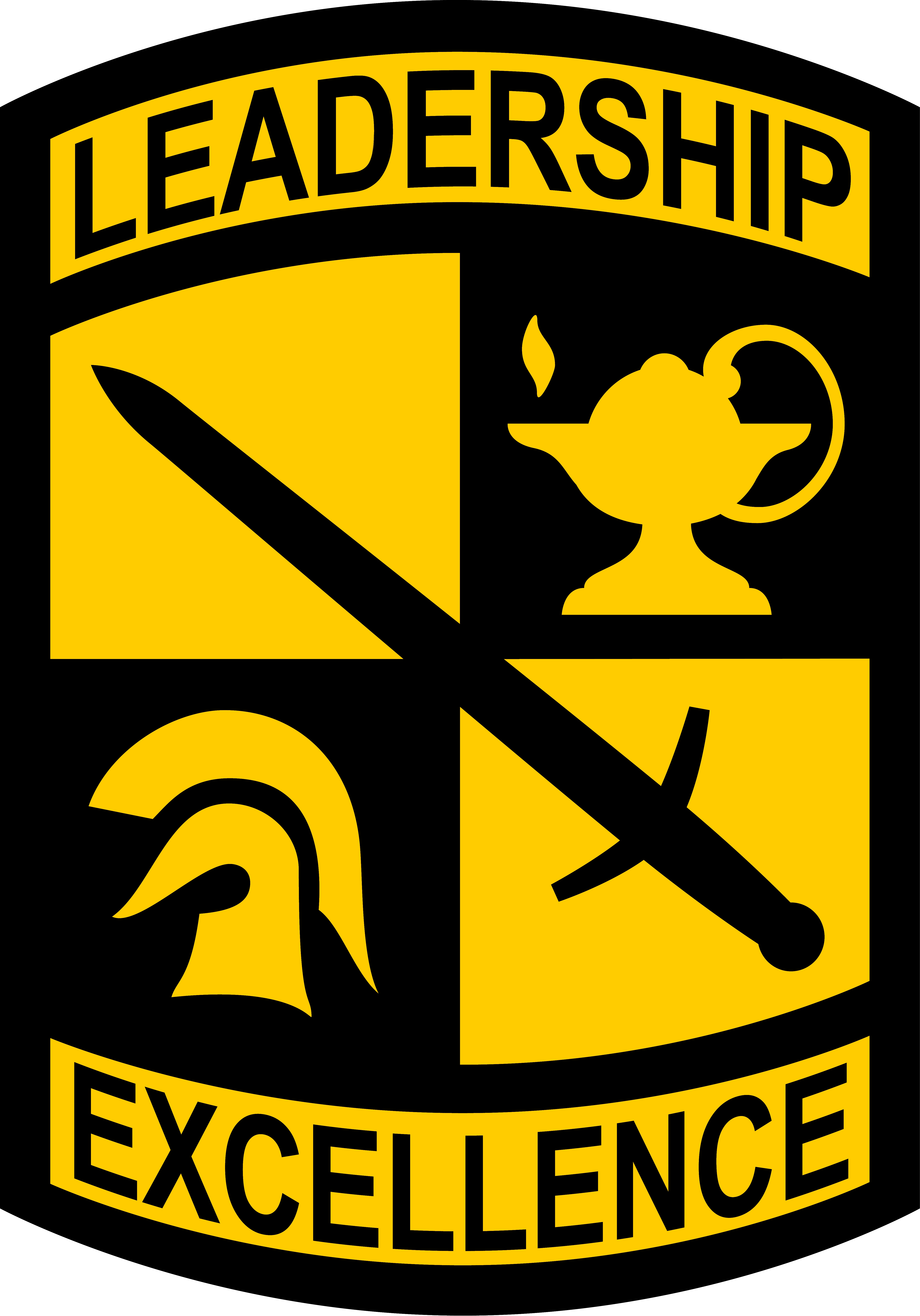The 2nd Regiment Cadets practiced tactical combat casualty care at Fort Knox, Ky., on June 5, 2022.
This portion of Cadet Summer Training (CST) focused on teaching Cadets necessary medical skills to help a wounded Soldier in the field.

Staff Sgt. Mark Colburn said this training is different from all the other medical fields such as nursing or working as an EMT.
“The process is different when you’re reacting to an injury on the battlefield like if you’re actively getting shot at,” Colburn said. “It’s much different than treating somebody in a clinic, who has a broken leg or runny nose.”
Colburn said the first step in the training was teaching care under fire, which encompasses quick, life-saving treatments while on an active battlefield. These steps included suppressing enemy fire, getting to cover and applying a tourniquet to stop major hemorrhaging.

The training then progressed to the second phase, tactical field care, which takes place after the Cadet is behind cover.
“You no longer have a direct threat from the enemy, but you’re still in enemy territory, and so you have to be quick in evaluating the casualties, seeing if you can get a response from them,” Colburn said.
Colburn said during this part of the medical care a Cadet will stop any heavy bleeding or clear blocked airways for the injured person. The Cadets then try to get to a casualty collection point so the wounded Soldier can be medically evacuated out of the area.
Cadre instructed the Cadets and demonstrated the medical care that they would be learning that day. After demonstrations, the Cadets split off into smaller groups and began practicing the techniques.
After the Cadets had a chance to practice, with guidance from the instructors, they had to pass a test on the techniques they learned. All the medical training was done using a mannequin for a simulated casualty.

Cadet Mike Lowery from the University of South Florida said his practical training went really well, he learned from a great instructor and was ready for the test.
Lowery said his favorite part of the medical training was applying a tourniquet for the first time.
Lowery said he is looking forward to the rest of CST, specifically the rappel tower and obstacle course. He said he is looking forward to making it through CST and having fun.
Cadet Nancy-Shannon Cruz came to CST from the University of West Florida. She said the training went really well.
“Cadre were really helpful in emphasizing how they’re here to help us learn,” Cruz said. “No one’s here to fail and they’re not going to let us fail. They’re going to give us all the resources we need in order to pass and succeed after camp.”
Cruz said her favorite part of the medical training was the physical walkthrough and learning how to properly do tactical combat care. She also said the training helped her with the test.
“I completed my test for first aid, it went by super well, and the Cadre’s help and instructions prior really helped me gain that confidence,” Cruz said.

